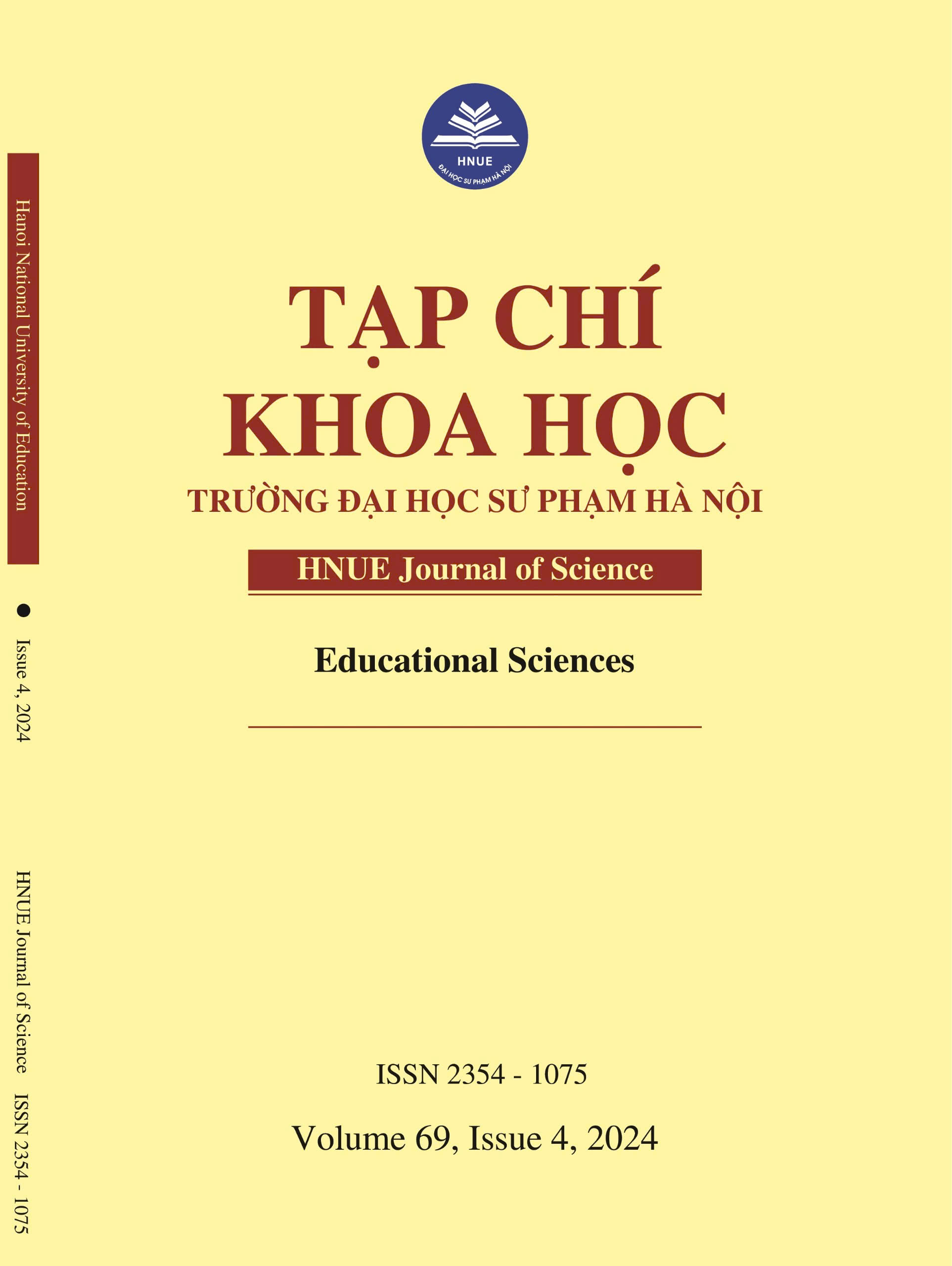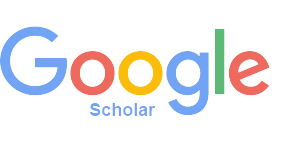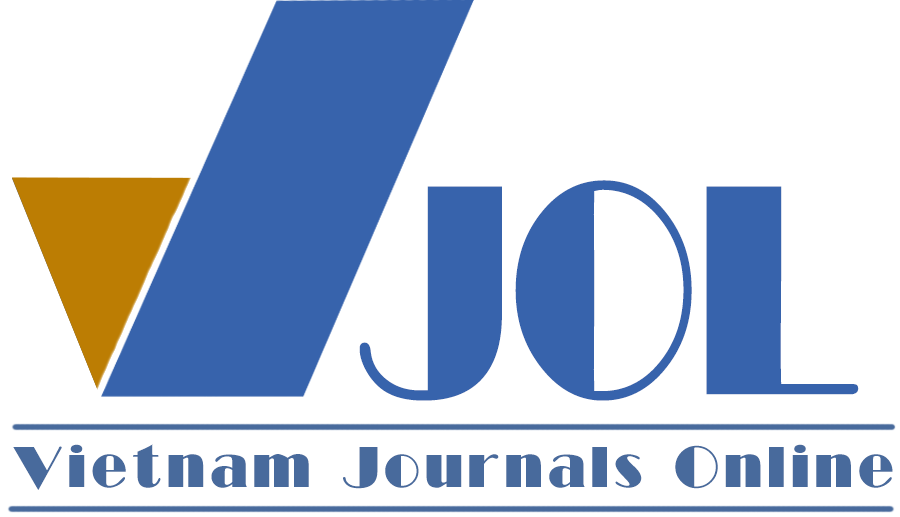A TOOLKIT TO INTEGRATE MEDIA & INFORMATION LITERACY INTO ENGLISH LEARNING FOR HIGH SCHOOL STUDENTS: THE DESIGN THINKING PROCESS METHOD
DOI:
https://doi.org/10.18173/2354-1075.2024-0063Keywords:
media & information literacy (MIL), digital literacy, design thinking, critical reading skillsAbstract
Media and information literacy (MIL) is crucial for Gen Z students in learning English especially when they access diverse information. However, MIL training is quite limited at school [1]. Research on MIL has primarily focused on students' skills, and little attention has been given to solutions integrated into a school subject. Utilizing the design thinking model with five stages - empathize, define, ideate, prototype, and test - this article aims to develop a toolkit for high school students to practice their MIL skills in English project-based learning within the Vietnamese educational context. The toolkit focuses on four fundamental skills including locating relevant information, evaluating information, ensuring online protection, and synthesizing information. The findings from the test phase show that students’ awareness of MIL has improved, and the toolkit's contents have positively influenced students’ MIL skills. The toolkit, aligned with learning outcomes in the General Education English Curriculum 2018, will be a valuable resource for high school students, English teachers, and pre-service English teachers.
Downloads
References
[1] UNESCO, (2021). Media and Information Literate Citizens: Think critically, click wisely! The United Nations Educational, Scientific and Cultural Organization and Cultural Organization. https://unesdoc.unesco.org/ark:/48223/pf0000377068
[2] UNESCO, (2023). Explore data, facts and figures | UNESCO. https://www.unesco.org/en/communication-information/data-center
[3] Mills KA, Unsworth L & Scholes L, (2023). Literacy for Digital Futures: Mind, Body, Text (1st ed.). Routledge. https://doi.org/10.4324/9781003137368
[4] Porat E, Blau I & Barak A, (2018). Measuring digital literacies: Junior high-school students’ perceived competencies versus actual performance. Computers & Education, 126, 23–36. https://doi.org/10.1016/j.compedu.2018.06.030
[5] Housand BC, (2021). Fighting Fake News! Grades 4-6: Teaching Critical Thinking and Media Literacy in a Digital Age (1st ed.). Routledge. https://doi.org/10.4324/9781003235200
[6] MOET, (2014). No. 01/2014/TT-BGDDT Circular on promulgating Vietnam's six-level foreign language proficiency framework.
[7] MOET, (2018). 32/2018/TT-BGDDT Circular on General Education Curriculum Program.
[8] Vuorikari R, Kluzer S & Punie Y, (2022). DigComp 2.2, The Digital Competence Framework for Citizens: with new examples of knowledge, skills and attitudes. Publications Office. https://data.europa.eu/doi/10.2760/49027
[9] Cambridge University Press, (2020). Cambridge Life Competencies Framework. Cambridge University Press. https://www.cambridge.org/vn/cambridgeenglish/better-learning-insights/cambridgelifecompetenciesframework
[10] Gu MM, Huang CF & Lee CKJ, (2023). Investigating university students’ digital citizenship development through the lens of digital literacy practice: A Translingual and transemiotizing perspective. Linguistics and Education, 77, 101226. https://doi.org/10.1016/j.linged.2023.101226
[11] Harmawati, Y., Sapriya, Abdulkarim, A., Bestari, P., & Sari, B. I, (2024). Data of digital literacy level measurement of Indonesian students: Based on the components of ability to use media, advanced use of digital media, managing digital learning platforms, and ethics and safety in the use of digital media. Data in Brief, 54, 110397. https://doi.org/10.1016/j.dib.2024.110397.
[12] Inan Karagul, B., Seker, M., & Aykut, C, (2021). Investigating Students’ Digital Literacy Levels during Online Education Due to COVID-19 Pandemic. Sustainability, 13(21), 11878. https://doi.org/10.3390/su132111878
[13] Hohlfeld, T. N., Ritzhaupt, A. D., Barron, A. E., & Kemker, K, (2008). Examining the digital divide in K-12 public schools: Four-year trends for supporting ICT literacy in Florida.Computers & Education, 51(4), 1648–1663. https://doi.org/10.1016/j.compedu.2008.04.002
[14] Ruecker, T, (2022). Digital divides in access and use in literacy instruction in rural high schools. Computers and Composition, 64, 102709. https://doi.org/10.1016/j.compcom.2022.102709
[15] Suwana, F. & Lily, (2017). Empowering Indonesian women through building digital media literacy. Kasetsart Journal of Social Sciences, 38(3), 212–217. https://doi.org/10.1016/j.kjss.2016.10.004
[16] Harvey, J., McNelly, T. A., & Buxton, J. A, (2022). Toward a Media Literate World: Exploring Secondary Educators’ Challenges Incorporating Media Literacy Education. https://doi.org/10.5281/ZENODO.7459944
[17] Schilder, E., Lockee, B., & Saxon, D. P, (2016). The challenges of assessing media literacy education. Journal of Media Literacy Education, 8(1), 32–48.
[18] Ferrari, A, (2012). Digital competence in practice: An analysis of frameworks. Publications Office. https://data.europa.eu/doi/10.2791/82116
[19] European Commission, (2019). Key competencies for lifelong learning. Publications Office. https://data.europa.eu/doi/10.2766/291008
[20] Kerr, P, (2022). Philip Kerr’s 30 trends in ELT (S. Thornbury, Ed.). Cambridge University Press.
[21] Lewrick, M., Link, P., & Leifer, L. J, (2020). The design thinking toolbox: A guide to mastering the most popular and valuable innovation methods. John Wiley & Sons, Inc.
[22] Alan, B., & Stoller, F, (2005). Maximizing the benefits of project work in foreign language classrooms. English Language Teaching, 43(4), 10–21.
[23] Anderson, J, (2021). A framework for project-based learning in TESOL. Modern English Teacher, 30(2), 45–49.
[24] Watkins P, (2017). Teaching and developing reading skills (S. Thornbury, Ed.). Cambridge University Press.







